Five Great Scuba Diving Destinations Around Europe That I’m Itching to Explore
I’ve been a PADI dive professional in SE Asia since 2004. I’ve taught courses and guided divers on reefs in Thailand, Malaysia, Philippines and Bali, Indonesia. Prior to that I received all my dive training in Asia as well. That means that, to date, all my diving has been in Asia.
I’ve yet to dive the Pacific Islands, Middle East, Mediterranean, Europe, USA, Caribbean or Central America. Sigh.
But I have read and heard in-depth stories about many of the world’s most famous, most beautiful, most unusual and most interesting dive sites. As a dive pro, I’ve received the inside scoop from other professional dive colleagues about amazing places to dive all over the world.
As a result, I have dozens of dive destinations on my ‘Must Dive’ list, just waiting for me to visit those regions of the planet.
Most of my colleagues have been Europeans, so they have especially recounted great dives they’ve done in Europe and locations within easy reach of their homelands. In addition to quite famous sites, they often tell me about top-notch dive spots that are off the main tourist track, which the average diver probably doesn’t know about.
From my pro dive pals I’ve learned about dozens and dozens of amazing places to dive that are within easy reach of Europe.
Here are five of those dive destinations that I’m personally itching to explore:
1. Red Sea at Dahab, Egypt
The Red Sea is one of the world’s top dive destinations and probably the most famous area close to Europe. According to several of my professional dive buddies, the reefs are in excellent condition, the water super clear and the marine life truly staggering. Great, count me in!
Divers access Red Sea dives at many different points in Egypt and Israel. Most famous of them all is Sharm El Sheikh, Egypt. It has developed into a huge tourist center full of massive hotels and dozens of dive operators.
My pro dive pals recommend Dahab, Egypt instead. Just one hour north of Sharm El Sheikh, Dahab is still off the main tourist track. It’s quieter, laid back, offers an authentic cultural experience and boasts some truly amazing, unique dive opps. Two dives there especially stand out for me.
The Blue Hole, Dahab’s most famous site, is a vast bottomless ‘hole’ in the sea with crystal clear water and sheer walls that drop down to infinity.
The other unique Dahab option I’m dying to try is diving by camel! More specifically, dive shops offer camel safaris to dive at nearby Ras Abu Galum National Park, which boats well-preserved, pristine coral reefs.
How cool would that be, I ask you?
2. Kas, Turkey
When I was first struck by my ‘scuba diving craze’ and began vigorously investigating world-wide dive locations, I soon dismissed the Mediterranean Sea. I learned that humans have been fishing, gathering sponges and sapping the Med of its resources for over 2000 years – so long and so thoroughly that its waters are nearly depleted of life.
In addition, the water is generally too cold for coral reefs. Overall, the Mediterranean is empty of fish, marine life and corals. Not the most enticing of dive destinations.
However, the far eastern reaches of the Med seem to be exceptions to that. Apparently, it’s still swarming with life, particularly off the coast of southern Turkey near Fethiya and Kas.
According to my sources, huge schools of fish like jacks, mackerel and barracuda still prowl the waters. Colorful soft corals, sea fans and sponges still grow in abundance. And occasionally dolphins, turtles and manta rays pass through the area.
Even better, the water is crystal clear with staggering visibility of 20-40 M. To top it all off, the region offers a huge variety of underwater topography to explore, including walls, canyons, caves, swim-throughs and shallow reefs.
What more could a diver ask for in one place?
3. Cyprus
This small island nation located in the far eastern Med south of Turkey has one of the world’s top 10 wreck dives: The Zenobia. This wreck is also routinely considered the #1 top dive site in all of Europe! What makes it so amazing is its massive size: 172 M in length.
I’ll admit that I’m not a wreck dive maniac. I don’t have the historical interest in war and war ships that drives many wreck dive enthusiasts to such sites. And I’m not a big fan of technical diving to deep, deep sites where many wrecks are located
However, I have become enthusiastic about certain types of wreck dives, thanks to my experiences diving at a few exceptionally interesting wrecks in Bali, Thailand and Malaysia.
I’ve discovered that some ship wrecks are nestled in shallow waters and have grown into coral ‘reefs’ in their own right. They’re covered in masses of colorful, healthy corals and swarming with fish, nudibranches and other interesting marine creatures.
I also discovered that swimming into large under-water ship rooms and through long hallways (in wrecks where such activities are safe) presents really amazing sights and experiences.
So the Zenobia wreck in Cyprus has really caught my attention. It was a ferry that sank on its maiden voyage (!) back in 1980. That’s well over 30 years – long enough to attract a large community of permanent fish and marine life.
The ship itself sounds quite fascinating: apparently it still holds over 100 trucks and other vehicles. Divers can swim through many sections of the ship, including the galley (kitchen) and cargo hold. The Zenobia is so huge that it takes several dives to see it all. Sounds fascinating!
Even better, ‘the Zen’ sits in shallow water at 16-42 M. Water visibility is an amazing 20-50 M. I can’t think of better conditions for an interesting wreck dive.
4. Diving Under the City of Budapest, Hungary
Some Hungarian divers I worked with clued me into this very unique diving right in Europe. Divers actually go under the city of Budapest to explore a massive underground spring system. Traditionally they access the water system by entering the city’s manholes!
While that sounds a bit too scary and hardcore for me, another alternative that’s become more popular recently is to access the underground system via entry points where the springs bubble up to the ground, also within the city limits.
This Budapest diving is so unique and fascinating that I’ve already written an entire post about it here
Incidentally, whenever I reach that part of the world – ie Hungary, Cyprus and Turkey – it would be a great opportunity for me to explore Eastern Europe and the Black Sea. The region is located just north and west of Turkey, with its northern coast hugging the Black Sea. I’ve heard about many fascinating Eastern European cities like Bucharest, Romania; Varna, Bulgaria; Odessa, Ukraine and Batumi, Georgia, which are all near or on the Black Sea, which in itself has some interesting – though cold – diving options. In particular, charming but little-known Batumi Tourism is starting to spread the word internationally.
5. Maldives
The Maldives are an archipelago of flat atoll islands situated in the Indian Ocean halfway between Europe and India. They are regularly classified as one of the best dive destinations in the world.
Although much farther from Europe than the other destinations I’ve mentioned, they’re still easy to access from Europe. In fact, almost all visitors to the Maldives hail from Europe and the UK.
Besides that, I can’t help but include them in this post. I’ve been dying to visit the Maldives ever since I became an instructor. They’re not so very far from SE Asia either – just on the other side of India.
I was so intent on diving in the Maldives that I spent countless hours searching for diving jobs there, via online dive job boards. Very sadly, I was always thwarted.
Since most of the diving guests are Europeans, the Maldive resorts only seek dive professionals who can speak 2 or 3 European languages. French, German and Dutch are the most sought after. That leaves me out. Resorts catering to British want to employ other Brits, not Americans. Sigh.
I discovered one other option: Japanese. The second largest group of dive visitors to the Maldives are Japanese.
I already speak Japanese and lived in Kyoto for six years, teaching English. So I know Japanese customs, habits and sensibilities fairly well.
For two years I attempted to learn Japanese for diving while I guided Japanese divers on reefs in Bali and the Philippines. After two seasons I gave up. It was just too difficult working in a foreign language as well as taking care of the notoriously bad Japanese divers. Put bluntly, it was a nightmare. After that defeat I reluctantly gave up trying to work in the Maldives.
Alas, it looks like I’ll have to dive there as a customer, not a dive professional. One day I’ll make it there!
Meanwhile, when I finally do get myself to Europe in the next year or so, I’ll have lots of diving to check off my long bucket list.
QUESTIONS:
Have you dived any of these sites?
If so, which did you like best?
If not, which would you like to dive?
———————————————————————————–
You might also enjoy:
—————————————————————————————–

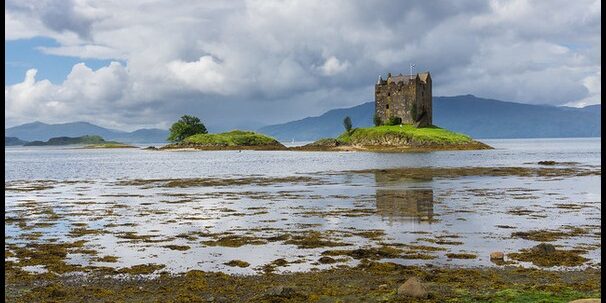


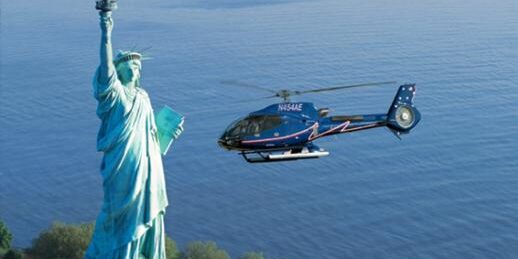


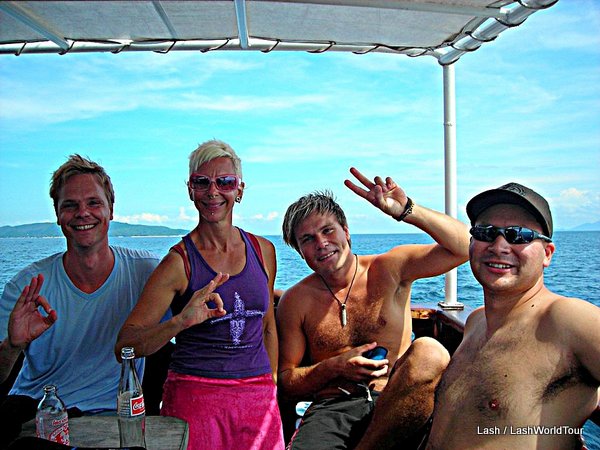
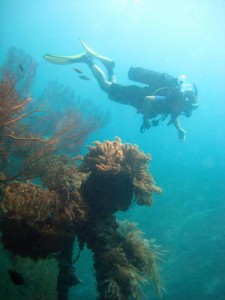
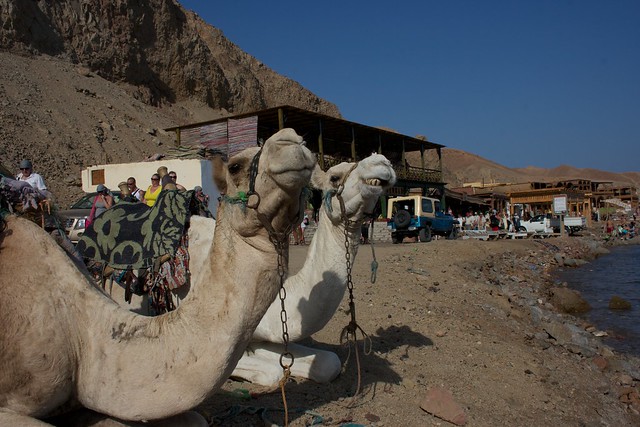

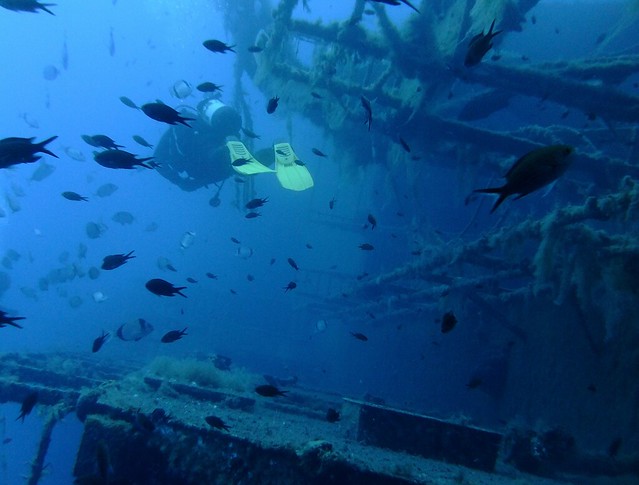
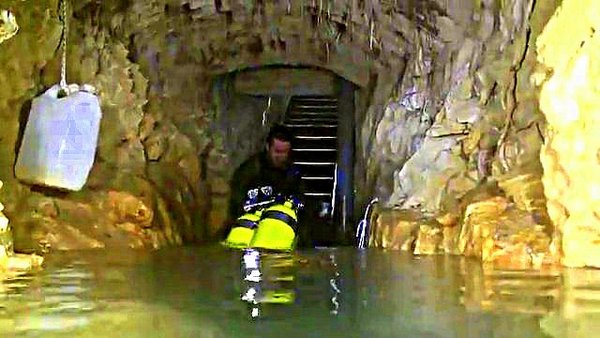
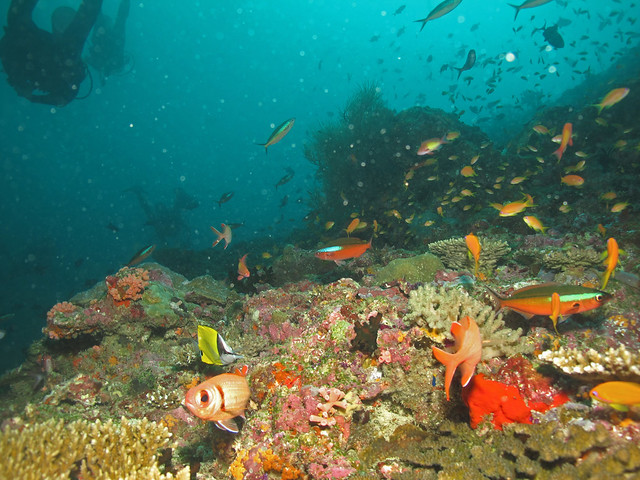
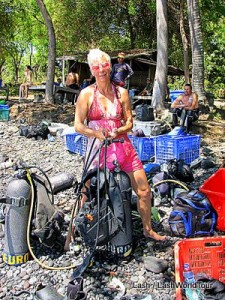
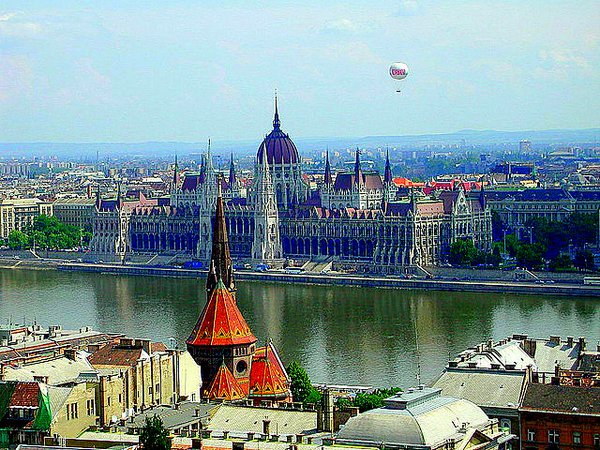

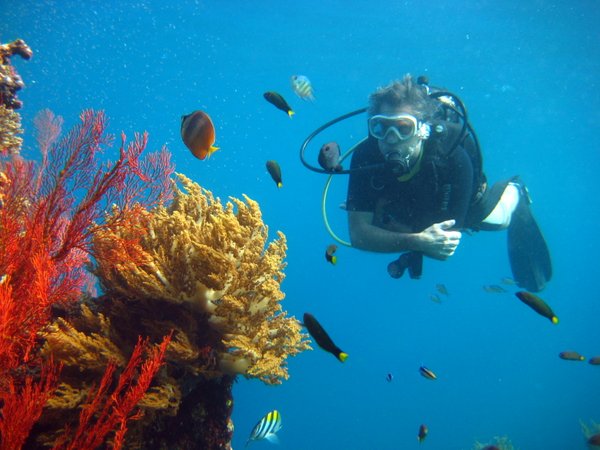


 Hi! I'm Lash, an American nomadic world traveler who's been traveling solo since 1998. I’m passionate about traveling the world nomadically and then sharing it all with you. I hope to inspire you to travel the world, to entertain you with tales from the road, and to help you reach your travel dreams. Welcome!
Hi! I'm Lash, an American nomadic world traveler who's been traveling solo since 1998. I’m passionate about traveling the world nomadically and then sharing it all with you. I hope to inspire you to travel the world, to entertain you with tales from the road, and to help you reach your travel dreams. Welcome! 




2 pings